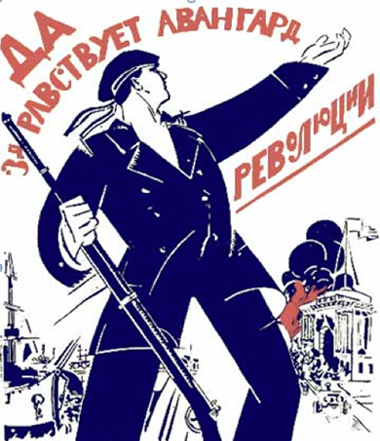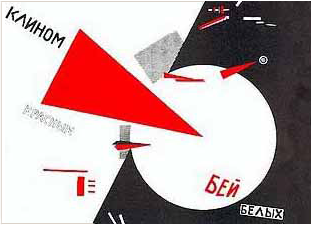The assignment
In order to focus student research goals, we assigned each student a role (activist, worker, soldier, or peasant) and a limited time period (February-March, April-May, June-July, August-September, October-November). We then gave them a list of books and on-line sites where they could find primary sources for their particular group in their time line. Delimiting the students’ roles and time periods allowed us to gain greater coverage of the whole sweep of the revolution. This group of documents and analysis are not and cannot be considered complete. Rather they represent a best practice of sampling to give both the students involved in the project and later viewers some insights into the complexity of this revolution, in terms of both numbers of actors and variety and complexity of issues.


 This website consists of a number of data points, each representing a particular document or a event. Clicking on any given date will open a summary box that describes the significance of that event or document. Each box also contains a link to an in-depth analysis written by a student (you can see a copy of their assignment below), as well as links to primary documents (written at the time by observers) and secondary articles (written later by historians analyzing what was happening).
This website consists of a number of data points, each representing a particular document or a event. Clicking on any given date will open a summary box that describes the significance of that event or document. Each box also contains a link to an in-depth analysis written by a student (you can see a copy of their assignment below), as well as links to primary documents (written at the time by observers) and secondary articles (written later by historians analyzing what was happening).